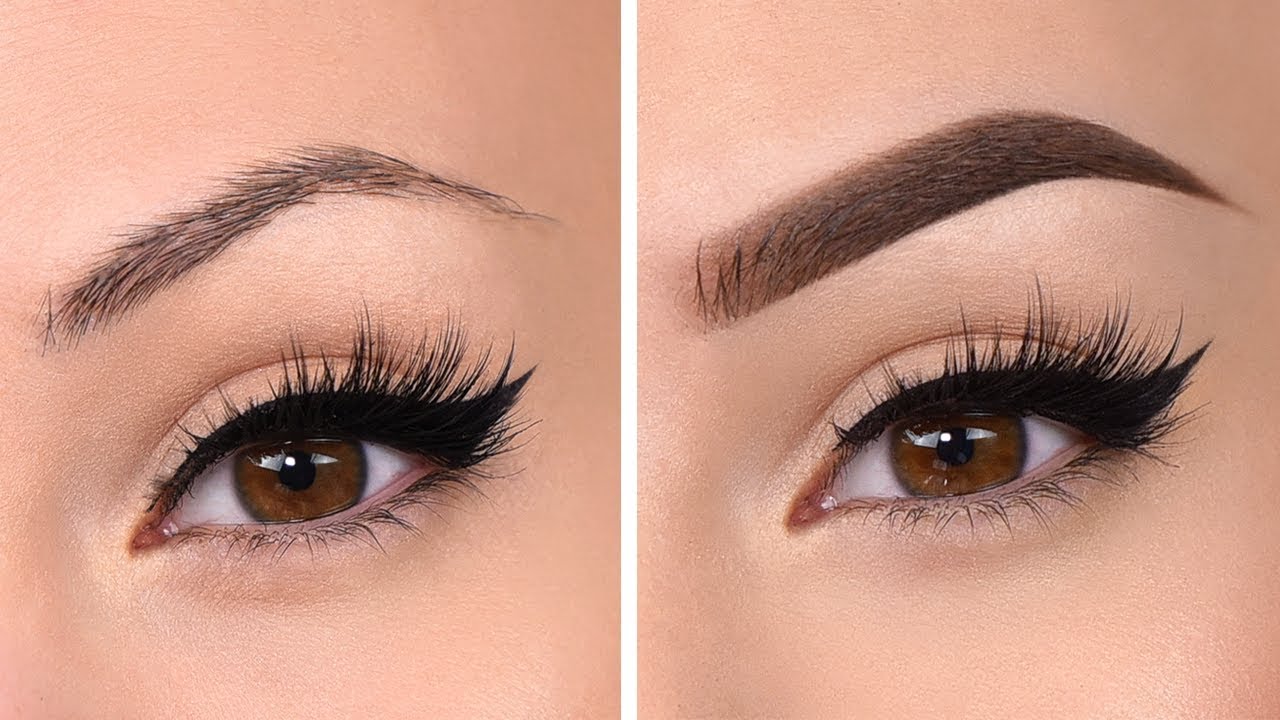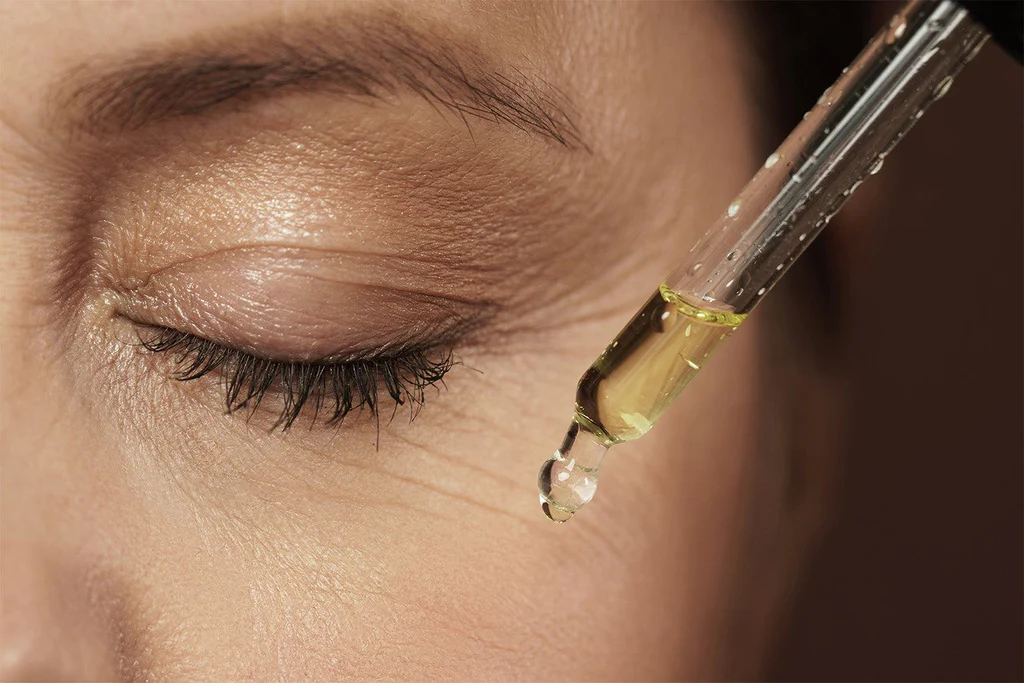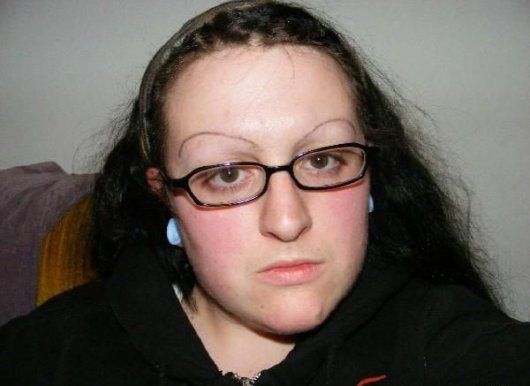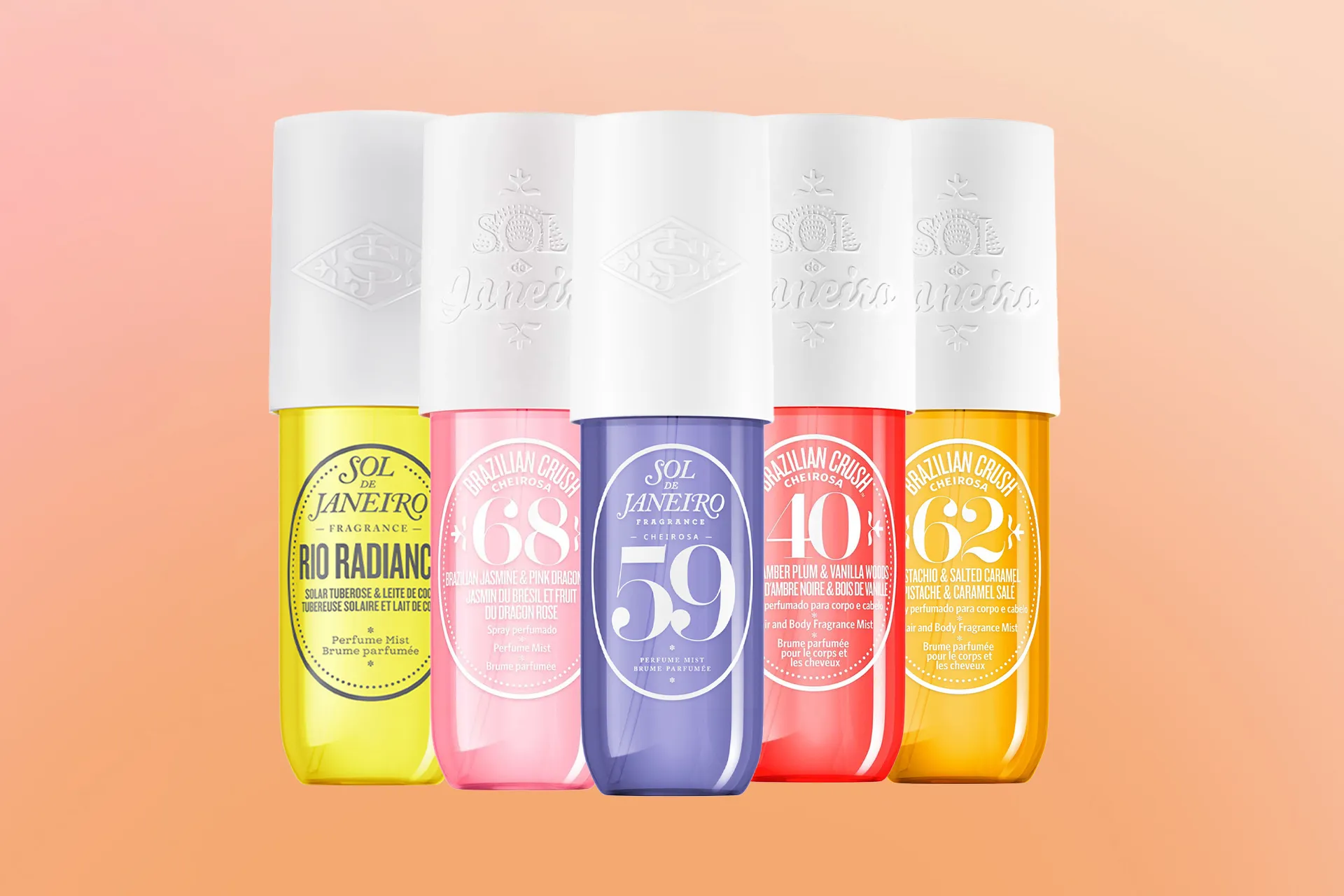Korean skincare, also known as K-beauty, is a global phenomenon that has taken the beauty world by storm. From innovative ingredients and formulations to cute packaging and affordable prices, Korean skincare products have something for everyone. But what makes Korean skincare so special and effective? How do you choose the right products for your skin type and concerns? And how do you follow the famous 10-step routine? In this blog post, we will answer all these questions and more, and give you some tips and recommendations to elevate your skincare game with K-beauty.
What is Korean Skincare?
Korean skincare is a term that refers to the skincare products, trends, and techniques that originate from South Korea, a country that is known for its high standards and obsession with beauty and skincare. Korean skincare is not just about products, but also about a philosophy and a lifestyle that emphasizes prevention, hydration, and nourishment of the skin. Korean skincare is also about innovation and experimentation, as Korean brands are constantly developing new ingredients, textures, and formats to address various skin issues and needs.
Some of the most popular and unique Korean skincare products include:
- Sheet masks: Thin, cotton or hydrogel sheets soaked in essence or serum that are applied to the face for 10 to 20 minutes to deliver hydration, nutrients, and other benefits to the skin.
- BB cream: A multi-tasking product that combines the functions of a moisturizer, sunscreen, primer, and foundation, and provides light to medium coverage and a natural finish.
- Cushion compact: A portable case that contains a sponge soaked in liquid foundation, which can be applied with a puff for easy and convenient touch-ups throughout the day.
- Sleeping mask: A thick, gel-like cream that is applied as the last step of the nighttime routine and left on overnight to lock in moisture and repair the skin while you sleep.
- Ampoule: A highly concentrated serum that contains a high percentage of active ingredients and is used to target specific skin concerns, such as aging, pigmentation, or acne.
How to Choose Korean Skincare Products
With so many Korean skincare products and brands available, it can be overwhelming to decide which ones are suitable for your skin type and concerns. Here are some tips to help you narrow down your options and find the best products for you:
- Know your skin type: The first step to choosing the right skincare products is to know your skin type, which can be dry, oily, combination, normal, or sensitive. Your skin type determines how your skin reacts to different products and ingredients, and what kind of products you need to balance and maintain your skin health. For example, if you have dry skin, you should look for products that are rich in moisturizing and nourishing ingredients, such as hyaluronic acid, ceramides, and oils. If you have oily skin, you should look for products that are lightweight and oil-free, and that can control excess sebum and prevent breakouts, such as salicylic acid, tea tree oil, and clay.
- Know your skin concerns: The next step is to identify your skin concerns, which can be anything from acne and blackheads to wrinkles and dark spots. Your skin concerns determine what kind of products and ingredients you need to address and improve your skin condition. For example, if you have acne-prone skin, you should look for products that have anti-inflammatory and antibacterial properties, such as centella asiatica, snail mucin, and green tea. If you have aging skin, you should look for products that have anti-aging and antioxidant properties, such as retinol, vitamin C, and ginseng.
- Read the labels: The last step is to read the labels of the products you are interested in, and check the ingredients list, the expiration date, and the instructions for use. The ingredients list can tell you a lot about the quality and effectiveness of the product, as well as whether it contains any potential irritants or allergens for your skin. You should look for products that have a short and simple ingredients list, and that contain a high percentage of the key active ingredients. You should also avoid products that have alcohol, fragrance, or artificial colors, as these can dry out or irritate your skin. The expiration date can tell you how long the product will last and how to store it properly. You should look for products that have a long shelf life and that are sealed and packaged well. The instructions for use can tell you how to apply the product correctly and how often to use it. You should follow the directions carefully and adjust the frequency and amount of the product according to your skin’s response.
How to Follow the 10-Step Korean Skincare Routine
One of the most famous aspects of Korean skincare is the 10-step routine, which is a comprehensive and customizable skincare regimen that consists of 10 different steps and products. The 10-step routine is not a strict rule, but rather a guideline that can be modified and adapted to your personal preferences and needs. The 10 steps are:
- Oil cleanser: The first step is to use an oil-based cleanser, such as [Manyo Pure Cleansing Oil], to remove makeup, sunscreen, and other oil-based impurities from your skin. Massage the oil onto your dry face and rinse off with lukewarm water.
- Water cleanser: The second step is to use a water-based cleanser, such as [Then I Met You Cleansing Balm], to remove any remaining dirt, sweat, and bacteria from your skin. Lather the cleanser onto your wet face and rinse off with lukewarm water.
- Exfoliator: The third step is to use an exfoliator, such as [Seoulceuticals Korean Face Scrub], to slough off dead skin cells and unclog pores. Exfoliate your skin gently once or twice a week, depending on your skin type and sensitivity.
- Toner: The fourth step is to use a toner, such as [Son & Park Beauty Water], to balance your skin’s pH level and prepare it for the next steps. Apply the toner to a cotton pad and swipe it over your face, or pat it onto your skin with your hands.
- Essence: The fifth step is to use an essence, such as Primera Organience Watery Essence, to hydrate your skin and enhance its absorption of the following products. Apply the essence to your face and neck with your hands and gently press it into your skin.
- Serum: The sixth step is to use a serum, such as PDRN Caffeine Shot Serum, to target your specific skin concerns and deliver a high dose of active ingredients to your skin. Apply the serum to your face and neck with your hands and gently tap it into your skin.
- Sheet mask: The seventh step is to use a sheet mask, such as MEDIHEAL Collagen Essential Mask, to provide an extra boost of hydration, nutrients, and other benefits to your skin. Place the sheet mask over your face and leave it on for 10 to 20 minutes, then remove it and pat the remaining essence into your skin.
- Eye cream: The eighth step is to use an eye cream, such as Sulwhasoo Ginseng Renewing Eye Cream, to moisturize and protect the delicate skin around your eyes, and to address any eye-related issues, such as dark circles, puffiness, or wrinkles. Apply a small amount of eye cream to your ring finger and gently dab it around your eye area.
- Moisturizer: The ninth step is to use a moisturizer, such as belif The True Cream Aqua Bomb, to seal in all the moisture and ingredients from the previous steps, and to create a protective barrier on your skin. Apply the moisturizer to your face and neck with your hands and gently massage it into your skin.
- Sunscreen: The tenth and final step is to use a sunscreen, such as NEOGEN Day-Light Protection Airy Sunscreen, to shield your skin from the harmful UV rays and prevent sun damage, premature aging, and skin cancer. Apply the sunscreen to your face and neck as the last step of your morning routine and reapply it every two hours or as needed throughout the day.
FAQs
Here are some of the most frequently asked questions about Korean skincare and their answers:
- Q: Do I have to use all 10 steps every day?
- A: No, you don’t have to use all 10 steps every day. The 10-step routine is not a fixed rule, but rather a flexible framework that you can adjust according to your skin type, concerns, goals, and preferences. You can skip, add, or swap steps and products as you see fit, and tailor your routine to your own needs. The most important thing is to listen to your skin and use the products that work best for you.
- Q: How do I know which Korean skincare products and brands are good?
- A: There are many Korean skincare products and brands on the market, and it can be hard to tell which ones good and which ones are are not. The best way to find out is to do your research and read reviews from other users, experts, and influencers. You can also look for reputable online platforms that curate and sell Korean skincare products, such as Soko Glam, Peach & Lily, and YesStyle. These platforms often have strict criteria and standards for selecting and testing the products they offer.
- Q: How long does it take to see results from Korean skincare?
- A: The answer to this question depends on many factors, such as your skin type, condition, concerns, goals, and the products you use. Generally speaking, it can take anywhere from a few days to a few months to see noticeable changes in your skin after starting a Korean skincare routine. Some products, such as exfoliators, toners, and sheet masks, can have immediate effects, such as brightening, smoothing, and hydrating your skin. Other products, such as serums, essences, and eye creams, can have long-term effects, such as fading scars, reducing wrinkles, and improving elasticity. The key is to be consistent and patient with your routine, and to monitor your skin’s progress and response.
- Q: What are some of the best Korean skincare brands and products?
- A: This is a very subjective question, as different brands and products may suit different people and preferences. However, some of the most popular and well-known Korean skincare brands and products are:
- COSRX: A brand that focuses on simple, effective, and affordable products that target various skin issues, such as acne, blackheads, and dryness. Some of their best-selling products are COSRX Acne Pimple Master Patch, COSRX Low pH Good Morning Gel Cleanser, and COSRX Advanced Snail 96 Mucin Power Essence.
- Innisfree: A brand that uses natural ingredients from the volcanic island of Jeju, such as green tea, orchid, and clay. Some of their best-selling products are Innisfree Green Tea Seed Serum, Innisfree Orchid Enriched Cream, and Innisfree Super Volcanic Pore Clay Mask.
- Dr. Jart+: A brand that combines science and art to create innovative and dermatologist-tested products that address various skin concerns, such as aging, sensitivity, and redness. Some of their best-selling products are Dr. Jart+ Cicapair Tiger Grass Color Correcting Treatment, Dr. Jart+ Ceramidin Cream, and Dr. Jart+ Dermask Water Jet Vital Hydra Solution.
What is the difference between Korean and Japanese skincare?
Korean and Japanese skincare are both popular and effective ways of taking care of your skin, but they have some differences in their philosophy, products, and routine. Here are some of the main differences between them:
- Philosophy: Korean skincare emphasizes natural ingredients, innovative formulations, and a luxurious 10-step routine, while Japanese skincare focuses on science-driven formulations, a minimalist approach, and lightweight textures.
- Products: Korean skincare products are known for their unique and diverse ingredients, such as snail mucin, ginseng, and fermented extracts, and their cute and colorful packaging. Japanese skincare products are known for their high-quality and reliable ingredients, such as green tea, rice, and sake, and their simple and elegant packaging.
- Routine: Korean skincare routine consists of 10 steps: oil cleanser, water cleanser, exfoliator, toner, essence, serum, sheet mask, eye cream, moisturizer, and sunscreen. Japanese skincare routine consists of 5 or 6 steps: oil cleanser, water cleanser, exfoliator, lotion, emulsion, and sunscreen.
Both Korean and Japanese skincare have their own advantages and disadvantages, and you can choose the one that suits your skin type, concerns, goals, and preferences. You can also mix and match products from both countries to create your own personalized skincare routine. The most important thing is to listen to your skin and use the products that work best for you.
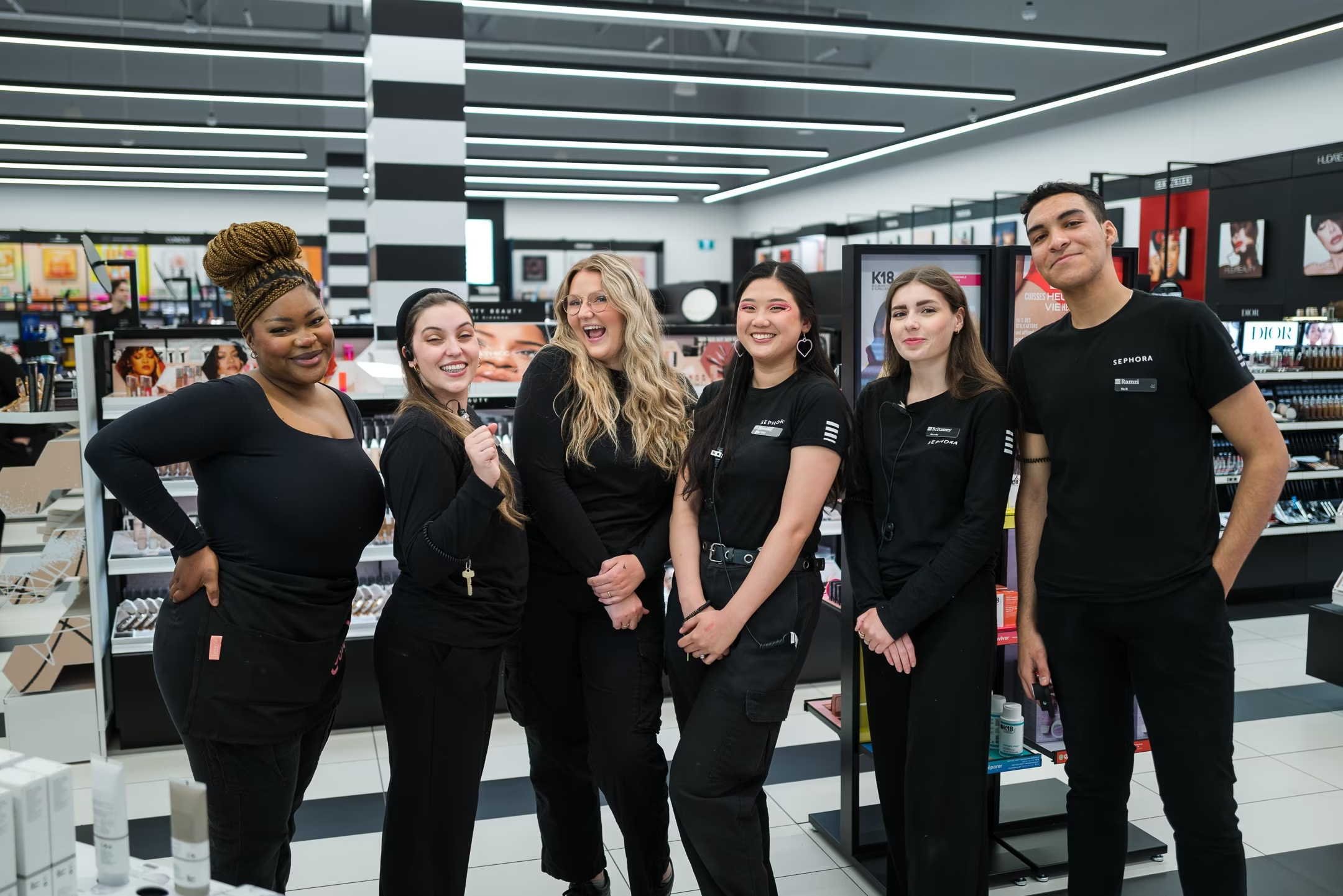
 By
Your Beauty Plug
By
Your Beauty Plug

